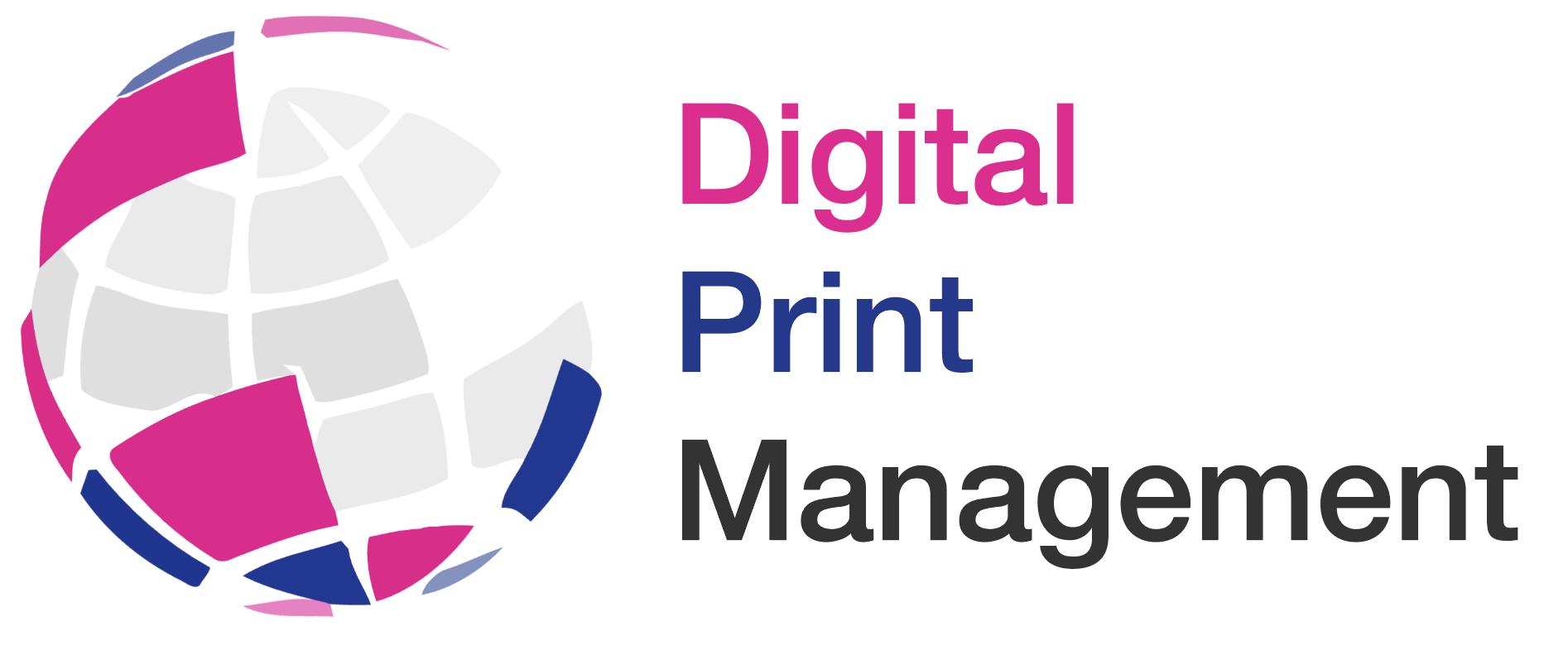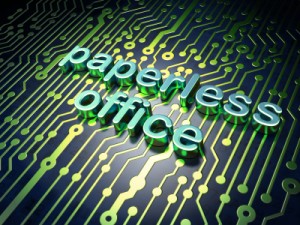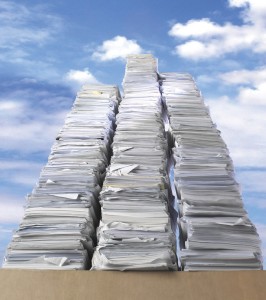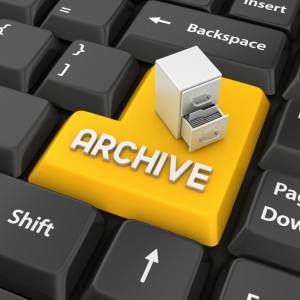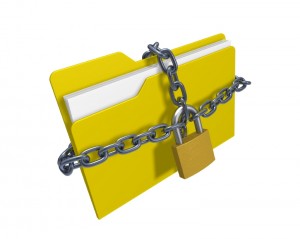
Document management security why do you need it and how can a document management solution help?
We all carry lots of vital often-sensitive information – whether it’s carried on a smartphone, tablet, laptop, USB stick or as paper files.
Important data such as company information, a detailed proposal for a prospective customer, financial information relating to a specific client left on public display could prove to be a serious issue for you and your client.
Leaving things on a train, restaurant even at a client’s desk after a meeting is an unpleasant reminder of how a lapse in concentration can cause distress, embarrassment, upset and in some cases be very dangerous.
Thankfully those of us who leave gloves, keys or a wallet whilst these items are replaceable the loss can be downright inconvenient.
Printed matter is a different issue. Paper documents can’t be encrypted and transporting paper has its associated risks. Taking sensitive documents from one location to another a seemingly harmless act yet often necessary can quickly become a security issue.
In reality they are simple everyday mistakes that human beings make.
Protecting printed documents is not easy and a breach in compliance can be costly.
Back in the 80s, the paperless office was predicted and although we are still along way from achieving that, compliance and environmental sustainability will be a factor in reducing the number of non-electronic documents produced and distributed in the future.
Digital documents are secure but how do we address the security of paper-based documents?
It is unrealistic to handcuff ourselves to the briefcase we are carrying the documents in nor can we walk around with a vault attached to our backs. Making employees aware and ensuring there is a document management system in place minimises the risk of paper documents going array.
How does document management prevent disasters from occurring?
Document Management helps to reduce the volume of printed documents in a number of ways.
Users can scan or batch scan printed hardcopy documents and have them automatically transformed into a format that can be stored in a document management database.
Document management software creates a secure digital file cabinet for an organisation, in effect it is a digital archive where you can securely store any document type and then find it weeks, months, years later.
Document management solutions add value by saving time and money because documents stored can be indexed and retrieved by users in a secure manner meeting compliance criteria and reducing paper document storage costs.
No longer the premise of large organisations, companies can benefit from document management solutions where compliance requires retention and or destruction of documents within specified timescales. Providing scanning, imaging, document archiving, fax archiving, and electronic records management all accessible within a digital cabinet.
Document management is an integral facet of the disaster recovery plan of an organisation, document automation helps the process of quickly and efficiently managing paperwork and other documents in an electronic form.
The question that needs to be asked by an organisation is “what am I looking to achieve and what is the best solution to achieve that”?
From print to automation
Why automate?
Many people use paper as a bridge between systems that aren’t working effectively such as the link between the supplier and customer in the form of contract, invoice, statement or a link from one internal process to another.
Most documents start their life in a paper format and contain data that has been extracted out of an internal system i.e. AP/AR and then is eventually stored in a digital repository.
In an ideal world why print?
By improving internal systems and business processes and receiving documents electronically there is a case to argue that paper could be eliminated. Keying errors are reduced, data is less likely to be lost, decision making is based on accessibility to current and up to date information and distribution costs i.e postage are reduced.
Paper also presents other challenges notably mobility.
With so many people working remotely how do staff further the next stage of a paper based business process if they are not located in the same office?
As soon as confidential information has been printed it is vulnerable to being left or misplaced somewhere therefore data integrity and security is compromised. Workflow speed is reduced as paper based processes are slower and less efficient.
What about storage?
Cloud based storage is cheaper than having warehouses full of archived boxes and more complex to index and therefore find let alone remember where the information has been stored.
Then there is the issue of retrieval. Document management solutions provide flexibility and scalability.
Paper and print has other associated costs – print consumables, maintenance, paper, postage, envelopes, files and filing cabinets, floor space, logistics’ and distribution.
Consider what you print. Why do you print it? Where will you file it once printed? What elements of your business would be most affected if you stopped printing now? Could the medium be replaced with a better digital alternative?
What would happen if you lost that document?
One final thought.
